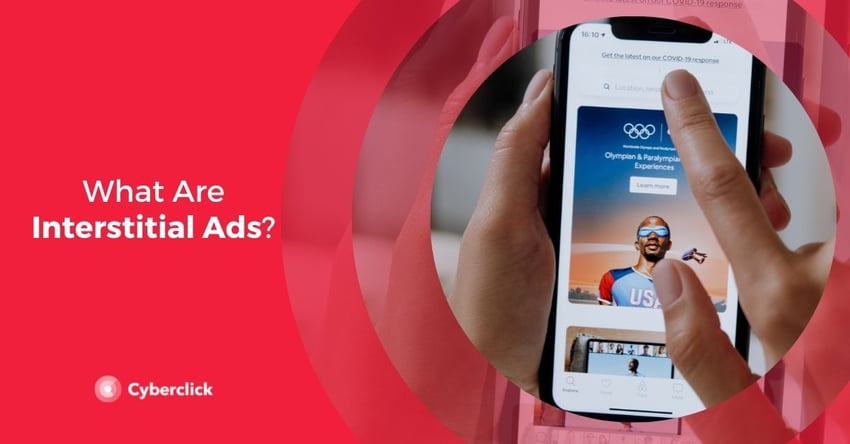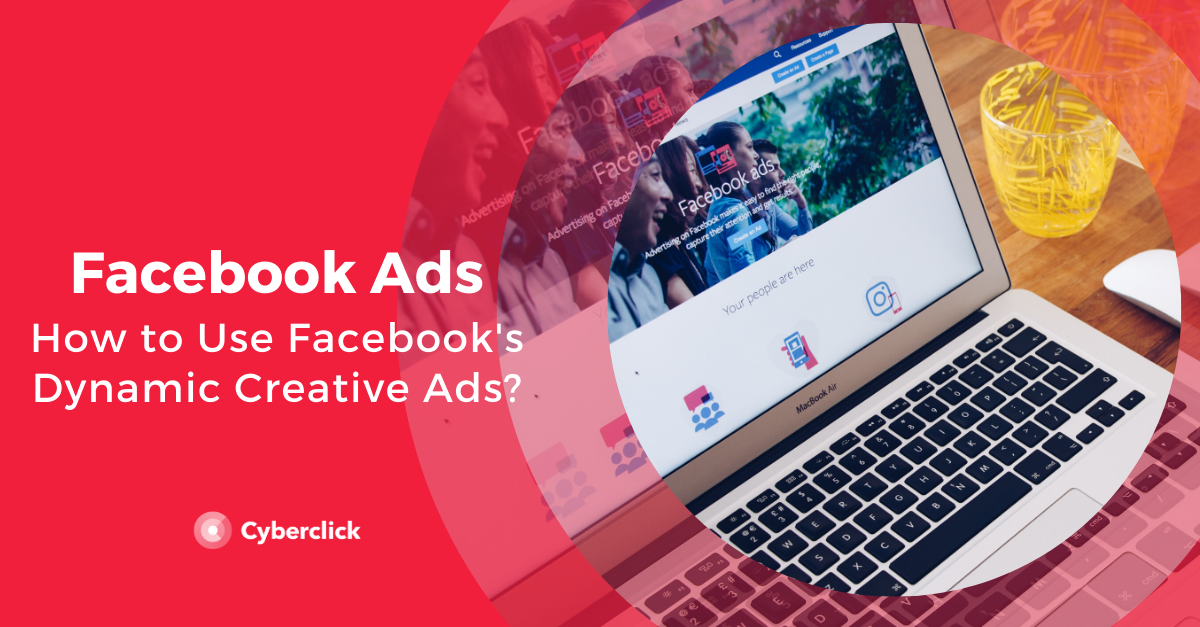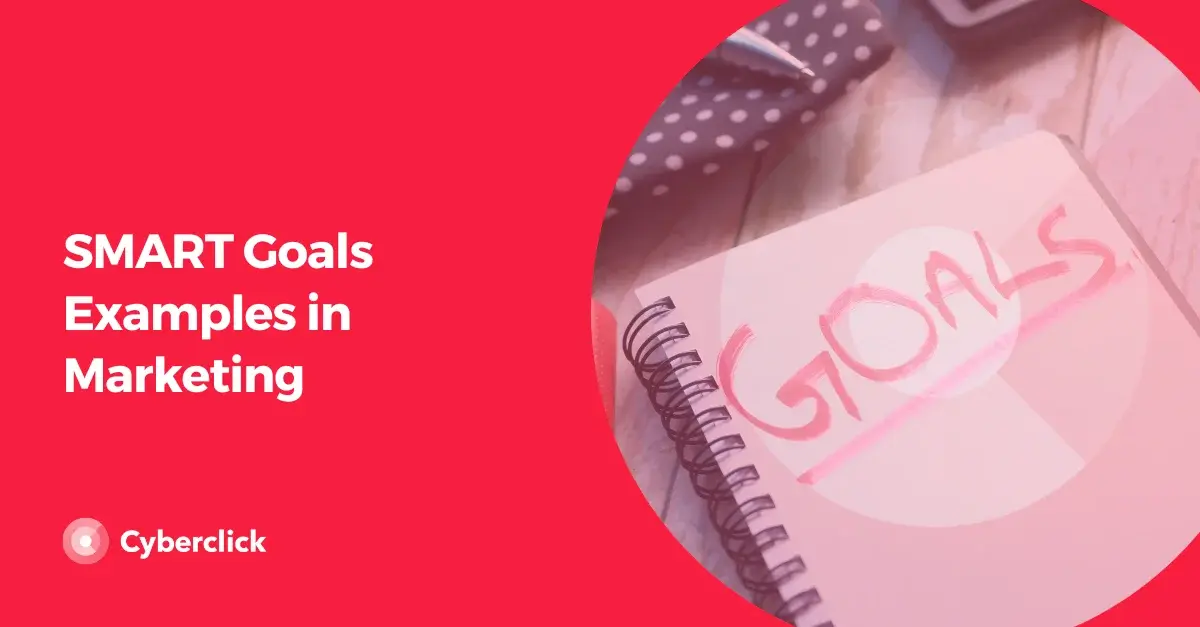Interstitial ads are one of the most lucrative types of ad formats on the web today. They tend to have higher conversion rates because they appear after a user clicks to another page, making the transition more natural and seamless when compared to pop-up ads for example. Pop-up ads generally appear at random on a person's screen giving more of an intrusive, disruptive user experience, which often leads to the user leaving the page.
In this article we’ll be discussing what interstitial ads are, how to use them effectively in your digital marketing plan, and what benefits they bring.

What Are Interstitial Ads and How Do They Work?
Interstitial ads are ads that cover the entire interface of a mobile device or a webpage on a desktop. These ads, if implemented correctly, should transition naturally between clicks, for example, if a user advances to the next level of a gaming app. For this reason, this type of ad format is especially effective for apps with linear use experience. Meaning that the app should have natural pauses where an interstitial ad could be inserted without ruining the user’s experience.
Interstitial ads can come in the form of a video or static post with text and can include rich media, such as audio. Once the interstitial ad appears on the users interface, the user is left with two options in order to move on to the next page, either click on the exit icon to close the ad or click on the ad to visit its destination.
How to Avoid Google Penalties
In 2015, Google took a stance against intrusive ad types (like interstitial ads) that negatively affected the user’s experience. If developers don’t follow the Google guidelines when using interstitial ads they will be penalized, which can impact their mobile search ranking.
What to Avoid When Using Interstitial Ads
- Ads that open immediately after someone opens your app. This tends to result in the user closing the app altogether.
- Ads that don’t flow naturally with the app they are displayed on. For example, an interstitial ad that appears while the user is waiting for a video to download onto a video editing app would be considered an appropriate display of an interstitial ad. Conversely, an ad that shows up while the user is in the middle of editing their video would not.
- Ads that pop up after every click the user performs. This, or repeating the same ad multiple times can certainly ruin someone’s user experience.
- Avoid using custom templates. Changing the frequency capping set by Google could lead to penalizations. Rather than risk being penalized, stick to Google’s templates.
- Surprise pop-ups when the user is in the middle of completing a task on the app. This can sometimes lead to accidental clicks which not only frustrates the user, but also affects your CTR (click-through rate) with false data.
There are some exceptions to these guidelines, such as interstitial ads being used to show notices about cookies or checking a user’s age.
What Are the Benefits of Interstitial Ads?
Assuming you follow all of Google’s guidelines and best practices, using interstitial ads can be extremely beneficial. Some of these benefits include:
- If inserted appropriately, interstitial ads tend to have greater conversion rates than other ad forms, such as pop-up, native ads, and banner ads.
- Greater CTR (click-through rate). Due to their full-screen size, you can’t just keep scrolling as you would with other ad formats. Interstitial ads force the user to perform an action which in turn causes the user engage with the ad more.
- Boosting ad revenue. Interstitial ads, especially in video form, can deliver higher eCPM rates than your typical banner ads. People are most likely to view a video ad if it’s strategically placed as long as it doesn’t interfere with their user experience. Therefore, advertisers are often willing to pay more.
If done the right way, interstitial ads have the potential to deliver high-value impressions, boost ad revenue, and increase conversion rates. To maximize your advertising efforts and avoid penalties, make sure to follow Google’s guidelines and best practices. If you need help putting together an interstitial ad campaign strategy, reach out to us by email. We’d love to help!
Data Scientist en Cyberclick. PhD en Astrofísica por la Universitat de Barcelona con más de diez años de experiencia en investigación mediante el análisis e interpretación de datos. En 2019 redirige su carrera profesional hacia el mundo del Data Science cursando el Postgrado en Data Science y Big Data de la UB, así como participando en el programa Science To Data Science (S2DS) en Londres. Actualmente forma parte del equipo de Data Science y SEM de Cyberclick.
Data Scientist at Cyberclick. PhD in Astrophysics from the University of Barcelona with more than ten years of research experience through data analysis and interpretation. In 2019 he redirected his professional career to the world of Data Science by graduating in Data Science and Big Data from the UB, as well as participating in the Science To Data Science (S2DS) program in London. He is currently part of Cyberclick's Data Science and SEM team.





.jpg)
Leave your comment and join the conversation